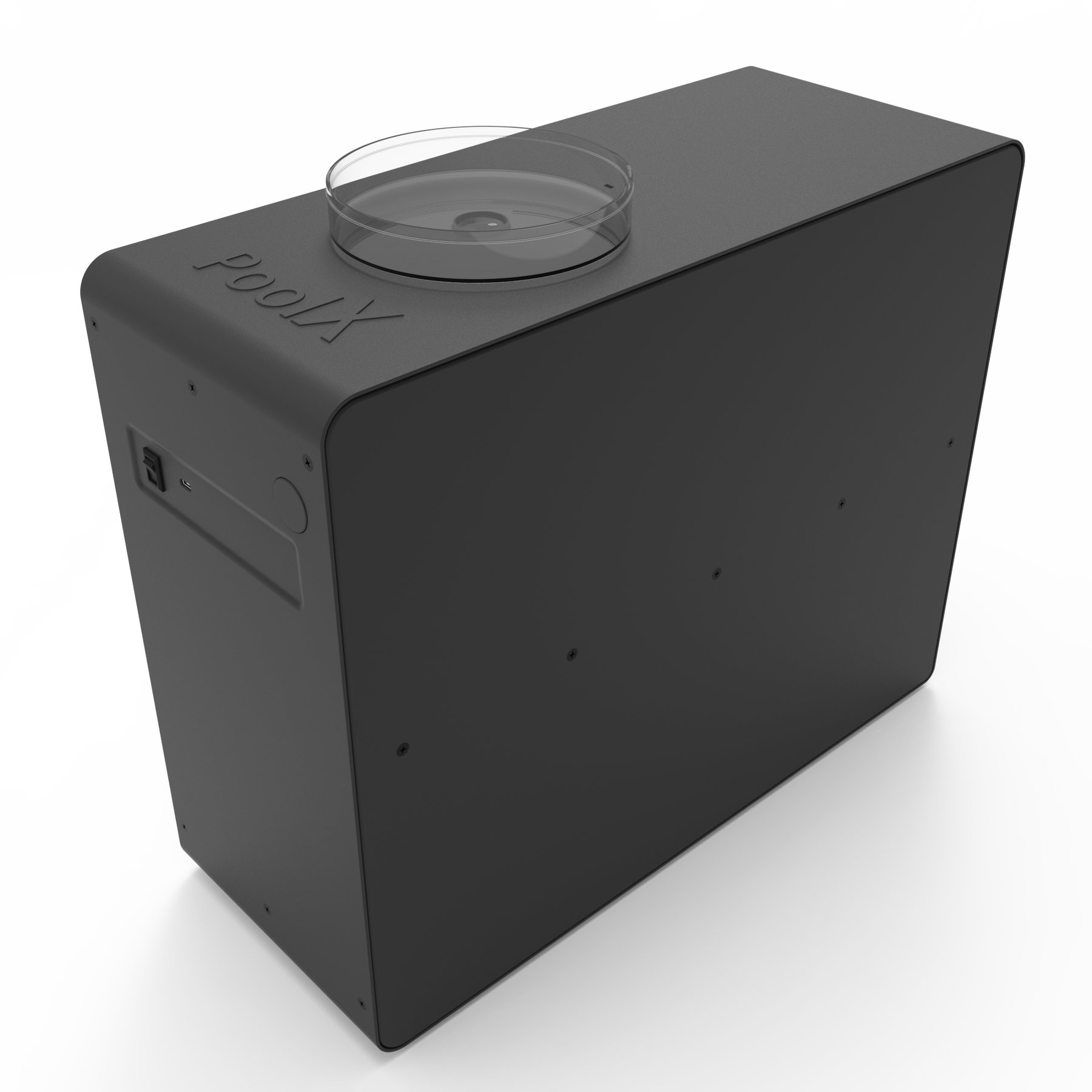
What Kills Mustard Algae in a Swimming Pool: Essential Facts?
Share
If you have a swimming pool, then you know that maintaining its clarity and sanitation is paramount. One of the most troublesome nuisances that can tarnish the beauty of your pool is mustard algae. This form of algae is often more than just an aesthetic issue; it can affect the health of the water and pose potential risks to swimmers. In this article, we will delve deep into what kills mustard algae in a swimming pool and provide you with effective strategies for eliminating it.
Understanding how to eradicate mustard algae is essential for any swimming pool owner, especially for tech professionals who appreciate systematic and automated solutions. If you're curious about the science behind swimming pool maintenance and how to prevent algae from wreaking havoc, keep reading!

What is Mustard Algae?
Mustard algae is a unique form of algae that appears as a yellowish or brownish tint in your pool. Unlike green algae, which is easier to manage, mustard algae tends to cling to walls, ladders, and other surfaces. It loves warmer water temperatures and can thrive even in chlorinated pools, making it a formidable foe. The vital question is: what kills mustard algae in a swimming pool effectively?
Identifying Mustard Algae
Before you can address this pesky issue, you must identify it correctly. The symptoms of mustard algae include:
- Yellowish Spots: You might notice patches of yellowish-brown grime or spots in your pool.
- Cloudy Water: The water may become murky and hard to see through.
- Unpleasant Odor: A distinct foul smell may emanate, indicating poor water quality.
- Resistance to Normal Chlorination: Mustard algae often shows resilience to typical chlorine treatments.

Understanding What Kills Mustard Algae
To effectively kill mustard algae in your swimming pool, adopting a multifaceted approach is essential. Here are some methods:
1. Shock Treatment
One of the most rapid ways to handle mustard algae is through a shock treatment. This involves artificially raising the chlorine level in your pool to eliminate algae and bacteria. Use a chlorine shock product, which releases high amounts of chlorine into the water, as you follow the instructional manual. It is essential to check the pool's pH levels first to achieve maximum results.
2. Algaecides
Algaecides specifically designed to combat mustard algae can be an effective option. Opt for algaecides labeled for yellow algae, and be sure to follow the directions closely. The right algaecide can target the algae and prevent it from returning. It's important to read all labels to ensure safety and efficacy.
3. Maintain Proper Pool Chemistry
Balancing your pool's chemistry is critical for preventing mustard algae from gaining a foothold. Focus on maintaining a free chlorine level of at least 3-5 ppm, a pH level between 7.2 - 7.6, and an alkalinity level of 80-120 ppm. Regular testing and adjustments are necessary for pool maintenance.
4. Cleaning and Scrubbing
Physical cleaning is also an essential aspect of what kills mustard algae in a swimming pool. Use a pool brush to scrub the walls and floors thoroughly, especially where the algae tends to cling. A robotic pool cleaner can also assist in getting into those hard-to-reach areas and ensuring additional filtration.

Preventative Measures to Keep Mustard Algae at Bay
While killing mustard algae is crucial, its equally important to understand how to prevent its return. Consider integrating the following preventive measures into your routine:
1. Regular Maintenance
Establish a routine maintenance schedule for your pool. This includes regular skimming of debris, vacuuming, and brushing surfaces to eliminate any potential breeding grounds for algae.
2. Optimize Filtration
Ensure that your pool filtration system operates efficiently. Running the pump for at least 8-12 hours daily will help circulate the water and keep contaminants at bay. For effective filtration, check and clean your filter at least once every month.
3. Environmental Controls
Limit the introduction of organic matter into your pool, such as leaves, dirt, and debris. Cover your pool when not in use, and consider landscaping solutions that minimize debris from entering the water.

Understanding the Costs: Does a Pool Add Value?
In addition to maintenance strategies, many pool owners wonder about the value of their investment. According to various reports, pools can add significant value to homes. For instance, a recent study by Forbes outlines various factors affecting home value as it relates to swimming pools.
FAQs about Mustard Algae
1. How quickly can I kill mustard algae?
A shock treatment can create an immediate impact, usually killing mustard algae within 24 hours, depending on water temperature and chemical balance.
2. Can mustard algae come back after treatment?
Yes, if water chemistry is not maintained and environmental controls are not put in place, mustard algae can return, hence the importance of prevention.
3. Is all algae harmful in swimming pools?
While some algae types are harmless and can even be beneficial, mustard and green algae can lead to health risks and poor water quality, requiring treatment.
As an Amazon Associate, I earn from qualifying purchases.
